This painting was performed for Giovanni D’Ann, a wealthy Venetian merchant who had a palace, the Palazzo D’Anna, on the Grand Canal. In presenting the history of the Gospel of


This painting was performed for Giovanni D’Ann, a wealthy Venetian merchant who had a palace, the Palazzo D’Anna, on the Grand Canal. In presenting the history of the Gospel of
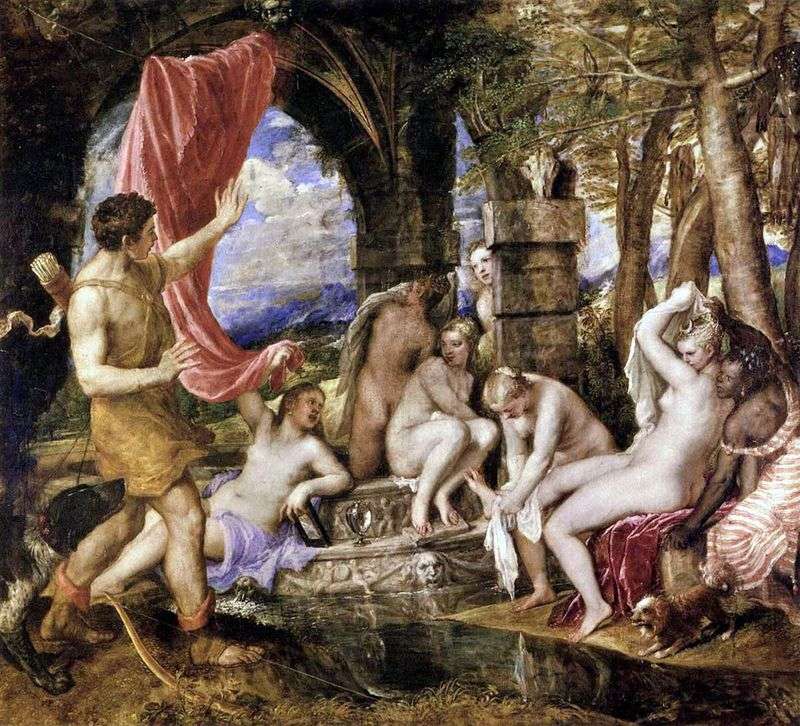
The painting by artist Tiziano Vecellio “Diana and Actaeon” is a steam room to the painting “Diana and Callisto” from a series of paintings on poetic themes for the Spanish
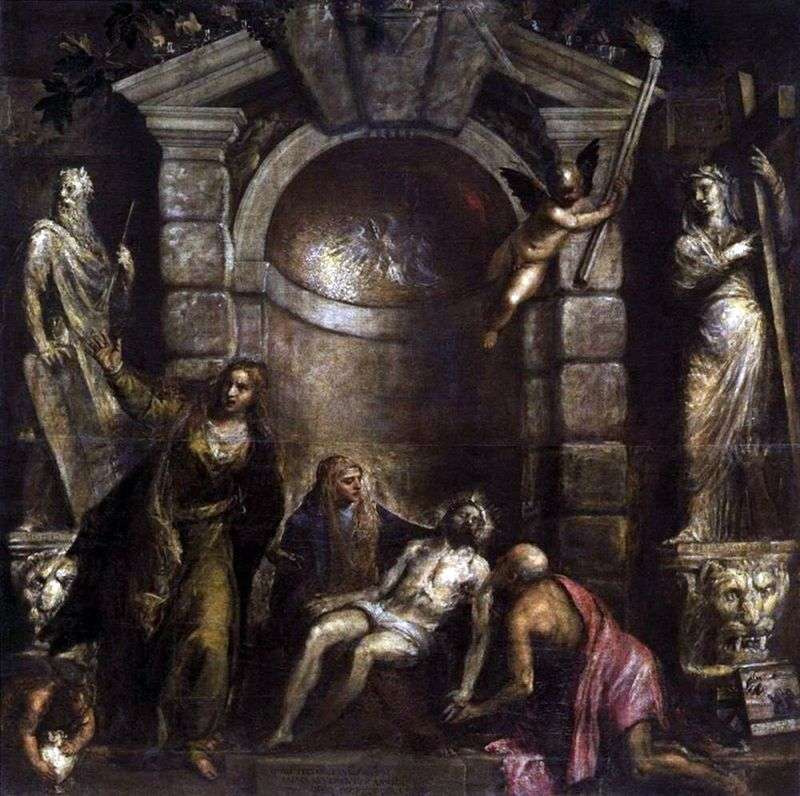
Painting by artist Tiziano Vecellio “Lamentation of Christ”. The size of the picture is 352 x 349 cm, canvas, oil. One of the deepest thoughts and feelings of late Titian’s
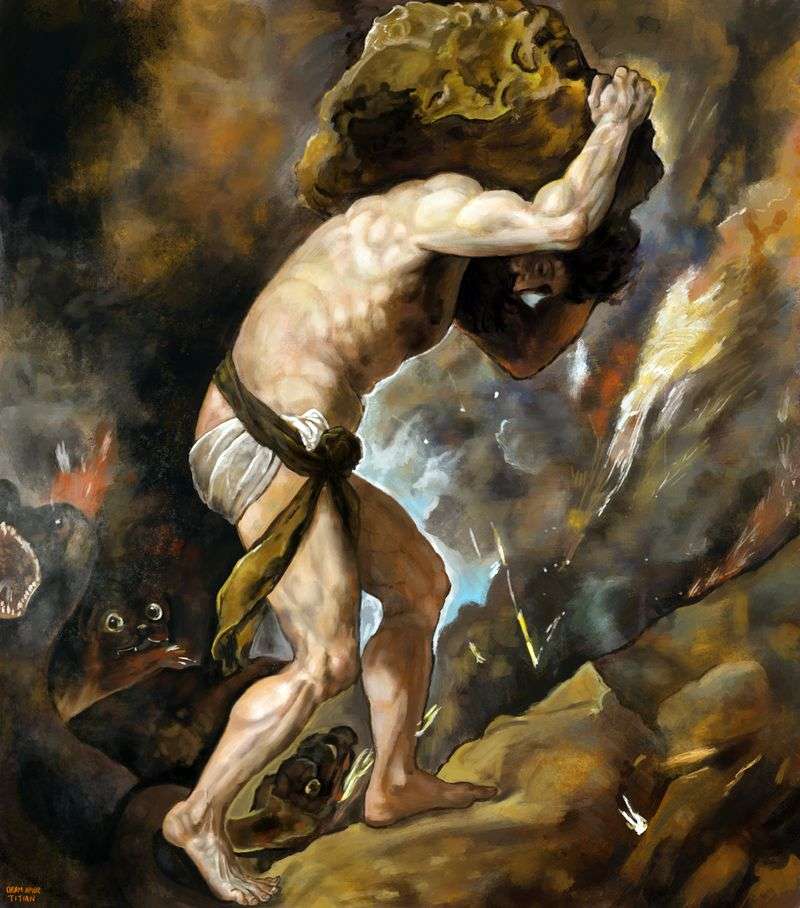
Painting by artist Tiziano Vecellio “Sisyphus”. The size of the picture is 237 x 216 cm, canvas, oil. Deucalion had a grandson of Aeolus, whose son, Sisyphus, the founder of
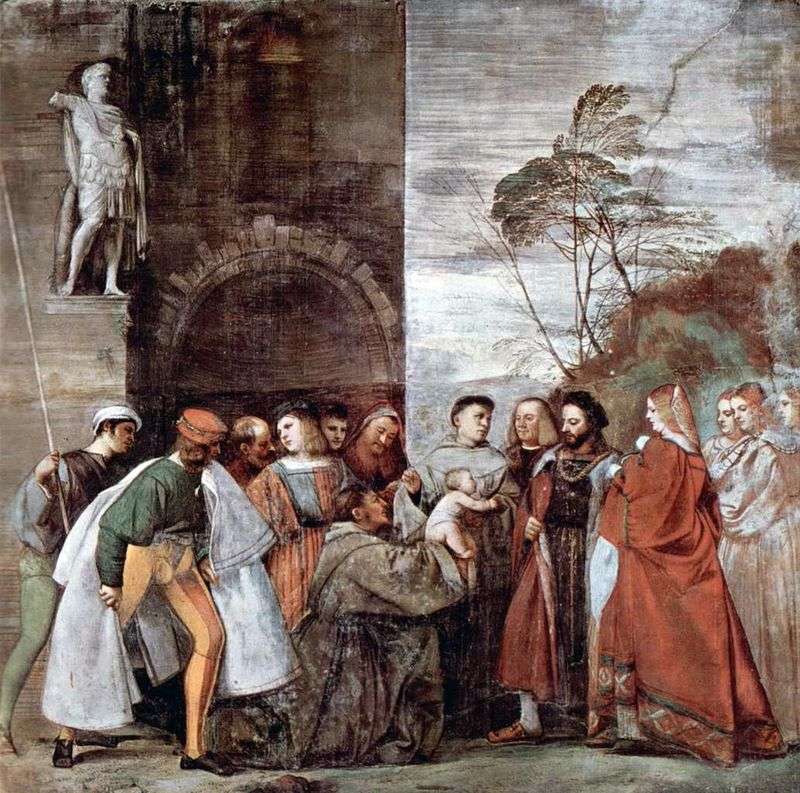
The fresco depicts a miracle with a newborn baby who spoke to justify his mother, accused of adultery. It is one of the three compositions of Titian dedicated to the

Story for the painting ordered by the Spanish King Philip II, Titian chose the tragic story of the love of Venus and Adonis. He finished the painting in 1554 g.
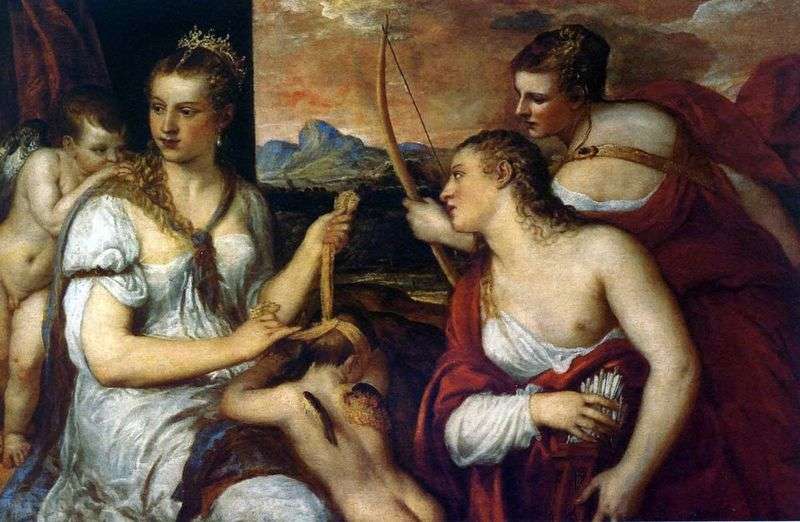
In the late period of creativity Titian was captured by the creation of dramatically filled pictures on Christian subjects, but antiquity still attracted him. The artist shared the belief of
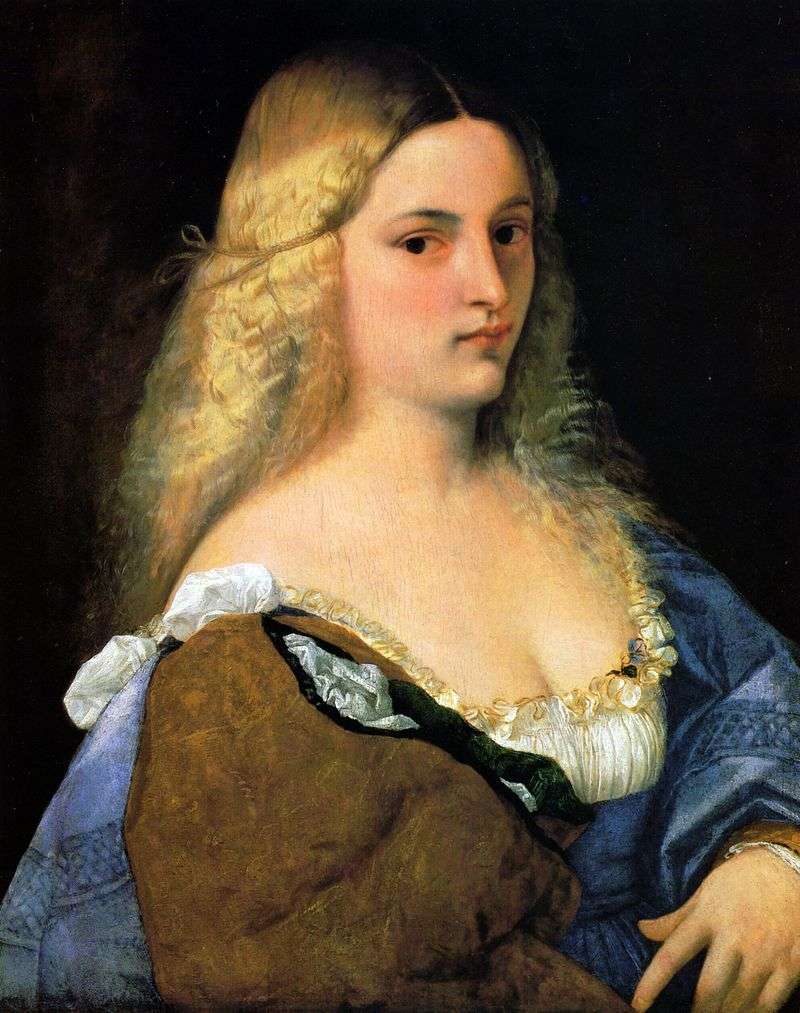
Painting by artist Tiziano Vecellio “Violante”. The size of the painting is 65 x 51 cm, canvas, oil. The most complete embodiment of the ideal of a physically and spiritually
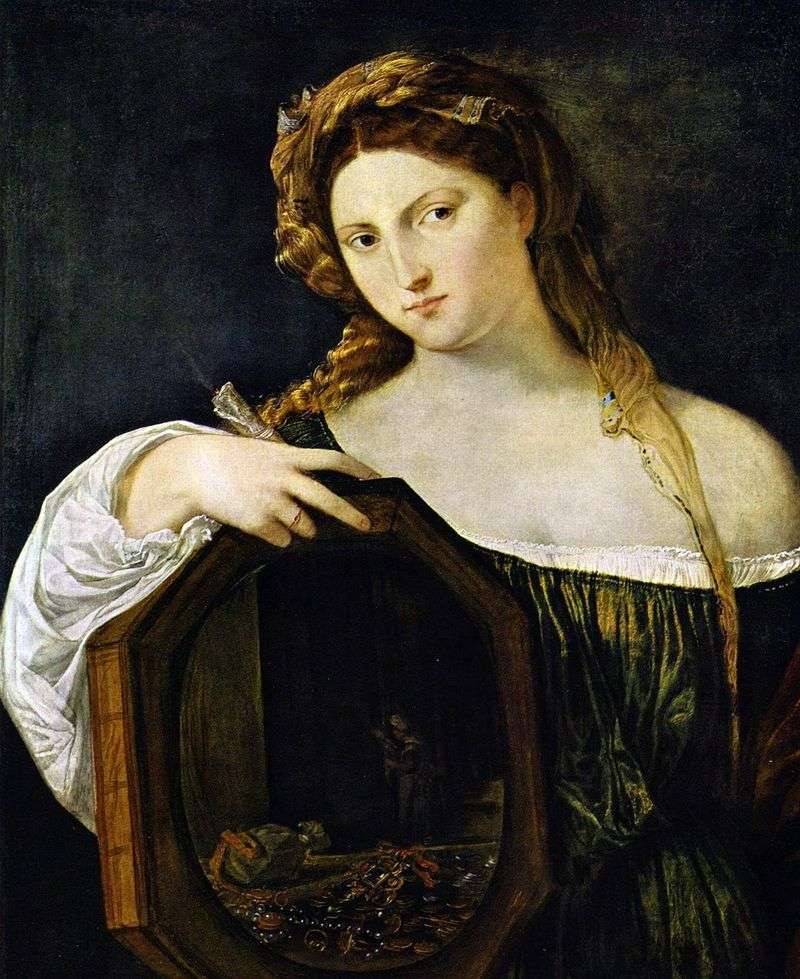
Painting by artist Titiano Vecellio “Secular love”. The size of the picture is 97 x 81 cm, canvas, oil. It would be wrong to reduce Titian’s work only to chanting
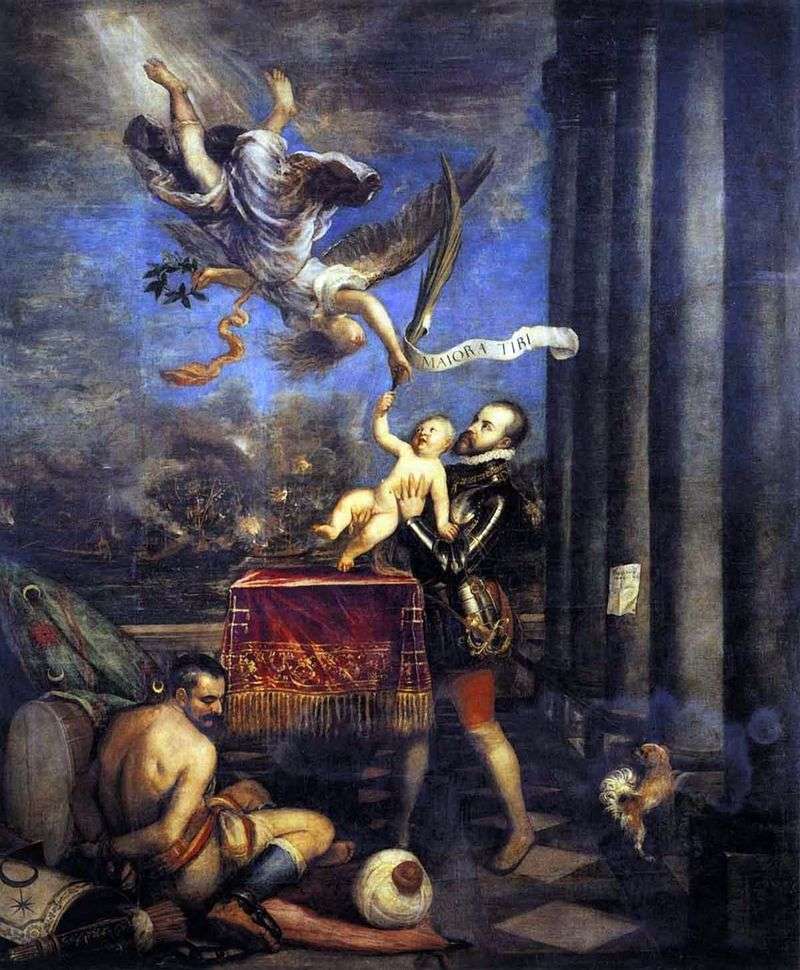
In the early 1570s, Philip II ordered Titian two large paintings-allegories: “Religion, which helps Spain” and “Philip II’s offering.” Both works were sent to Madrid in September 1575. The victory

Along with Michelangelo Titian, perhaps, the most grandiose figure of the High Renaissance. His creative life covers almost three quarters of the tragic and turbulent sixteenth century. Titian had occasion
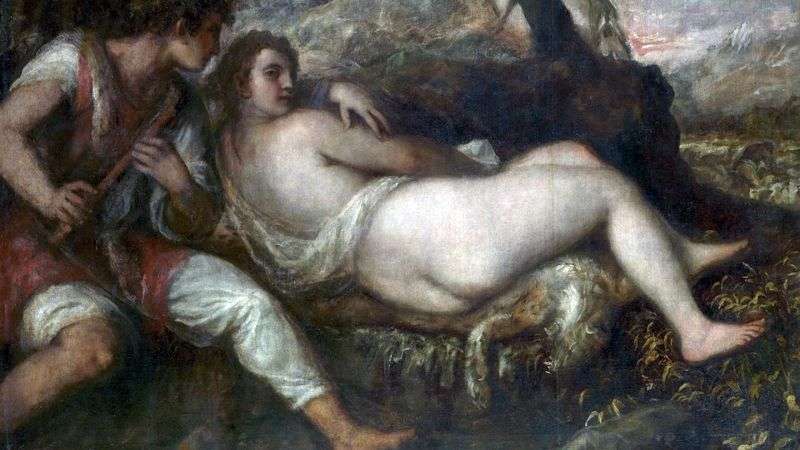
It comes from the collection of Bartolomeo della Nave in Venice. In 1638-1649 – in the collection of the Duke of Hamilton in London, then – in the collection of

The painting is mentioned in the inventory of the Vendramin collection in 1569. Sold at auction in Venice in 1636. Was in the collection of Anthony Van Dyck. In 1645
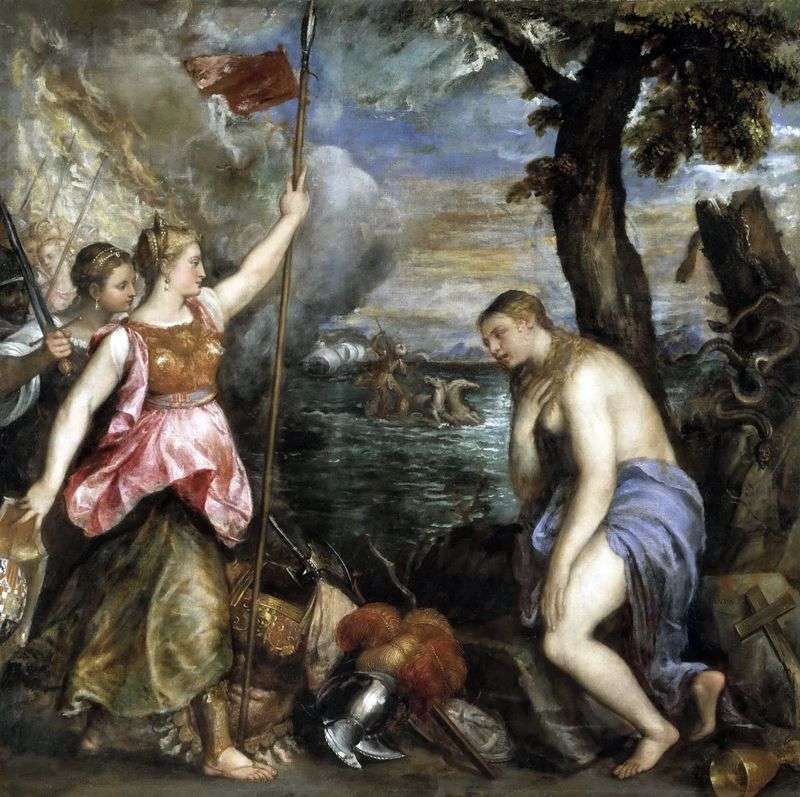
In the early 1570s, Philip II ordered Titian two large paintings-allegories: “Religion, which helps Spain” and “Philip II’s offering.” Both works were sent to Madrid in September 1575. To perform
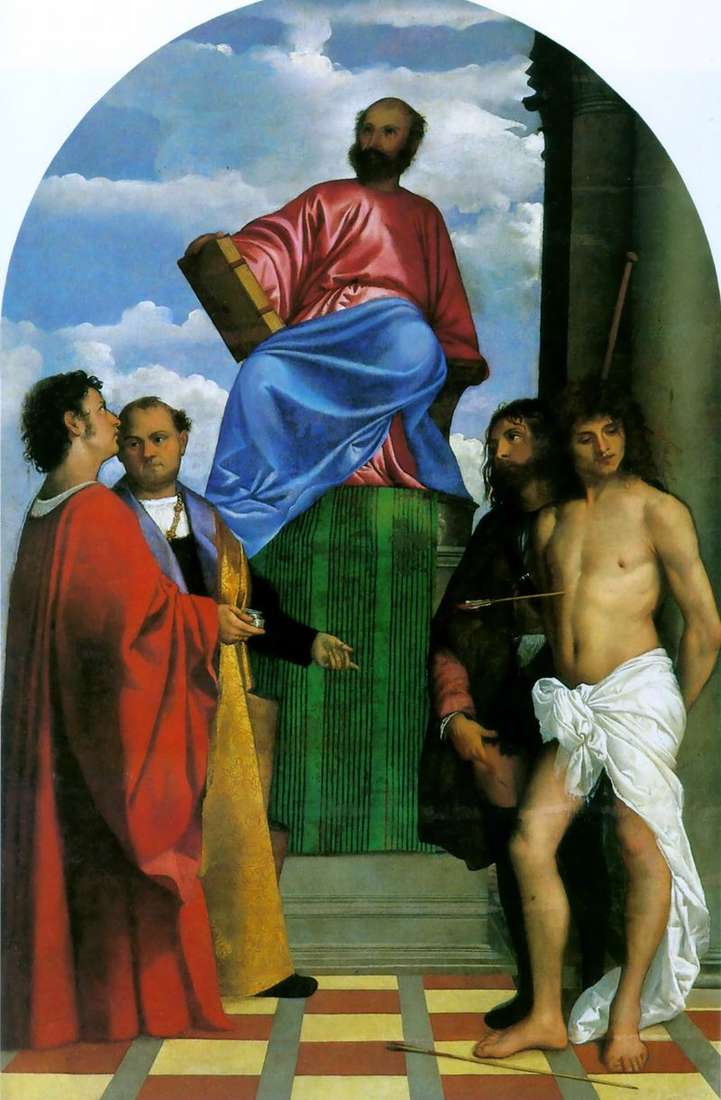
The picture is written about the termination of the plague in 1510, during which Giorgione died, and Titian moved to Padua. With the originality, devoid of prejudice, the artist placed
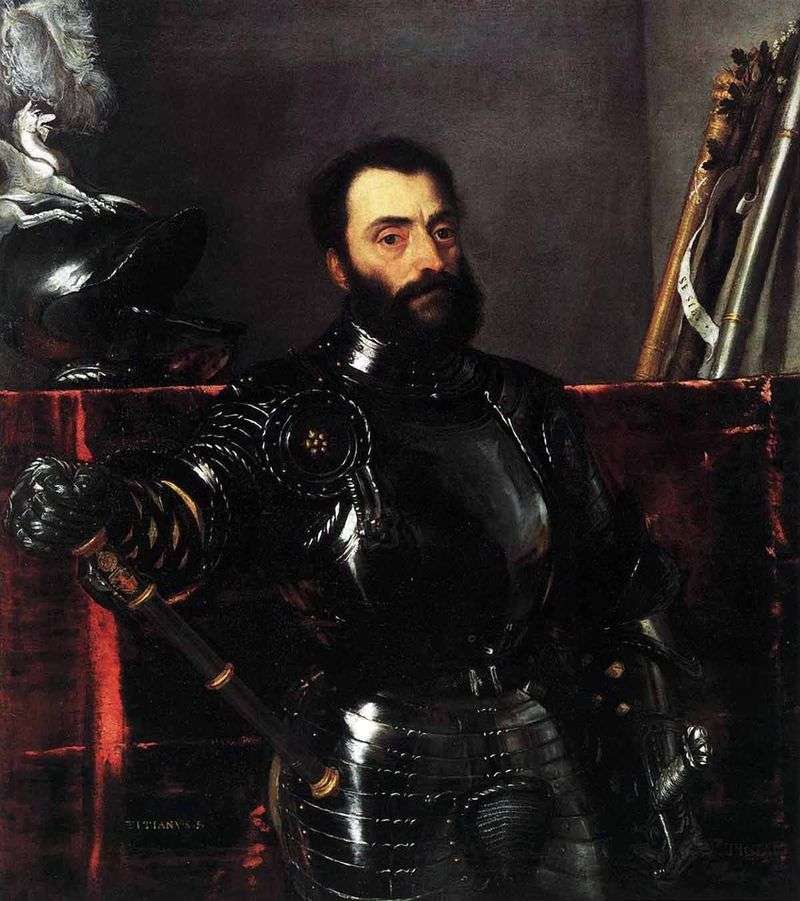
Francesco Maria della Rovere, the governor of Urbino from 1508. The portrait was ordered, as documents prove, in 1536 and sent to the customer in 1538. Titian apparently made from
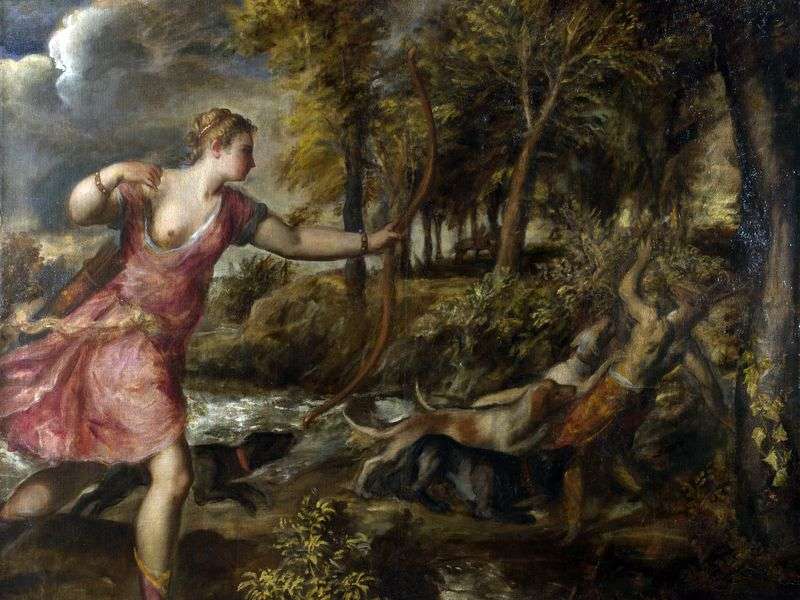
“Death of Actaeon” illustrates one of the stories taken from Ovid’s “Metamorphosis.” The beautiful Actaeon, hunting in the woods, accidentally saw the bathing goddess Diana. An angry goddess turned a
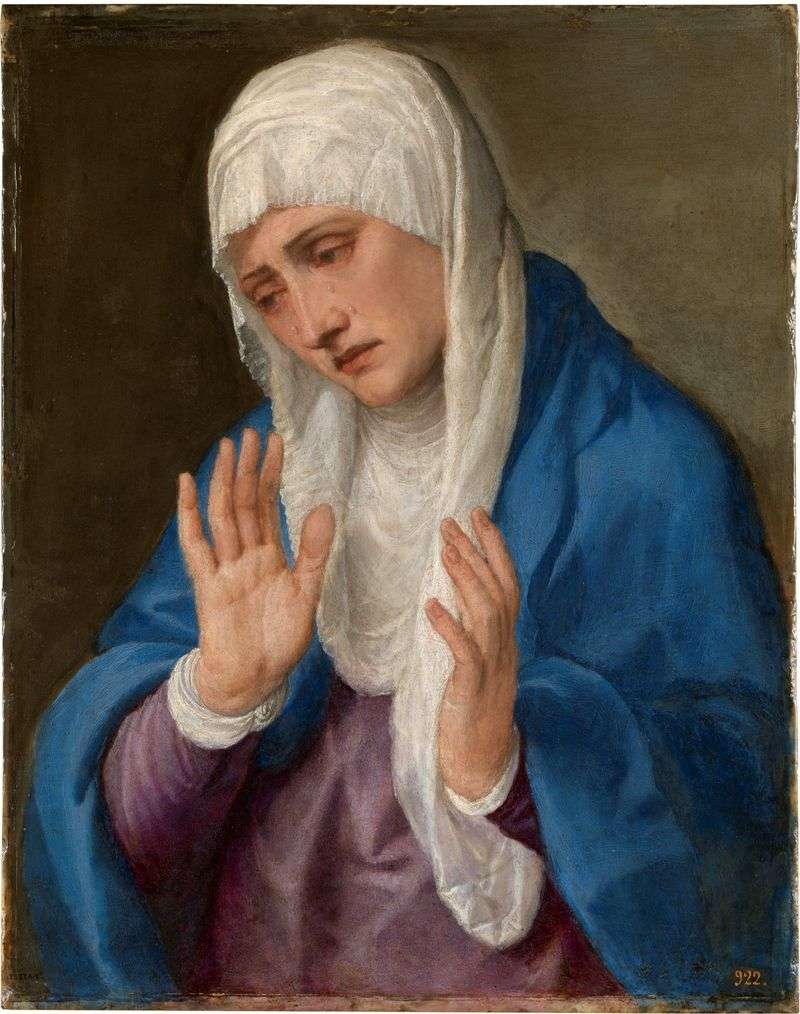
The paintings depicting the grieving Virgin were popular religious images. This grieving mother with outstretched hands was painted in 1553-54, as a copy of the detail of the painting “Xie
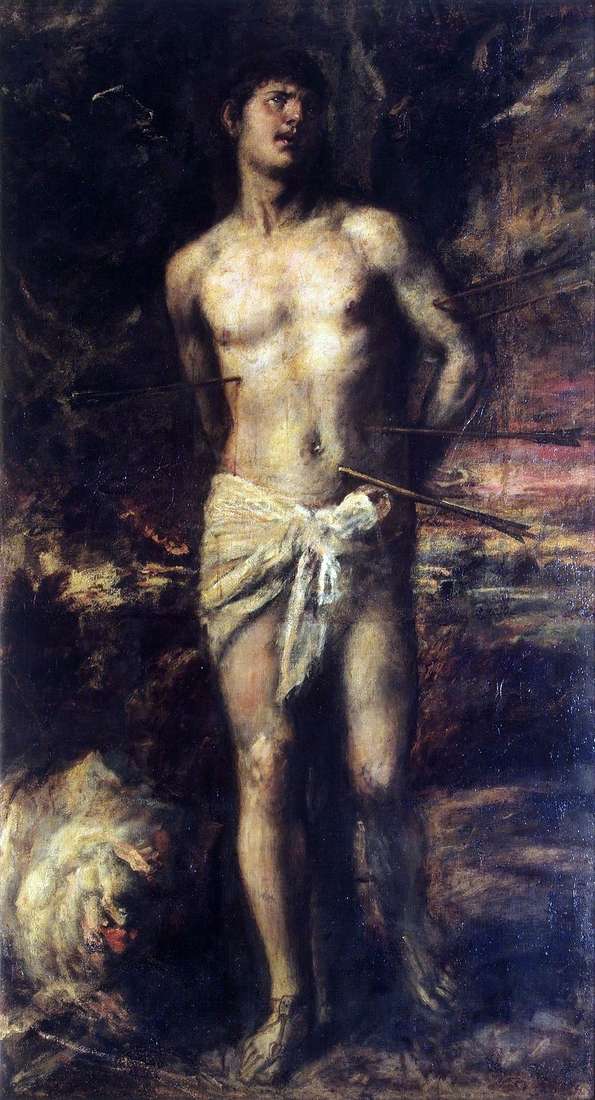
“Saint Sebastian” – one of the masterpieces of the late period of Titian’s work. While working on the painting the artist was already about 85 years old, but the painting

“Beinera with an organist and Cupid” was created by Titian in his second visit to Augsburg. In this picture, the artist turned to his favorite topic. Venus is a symbol
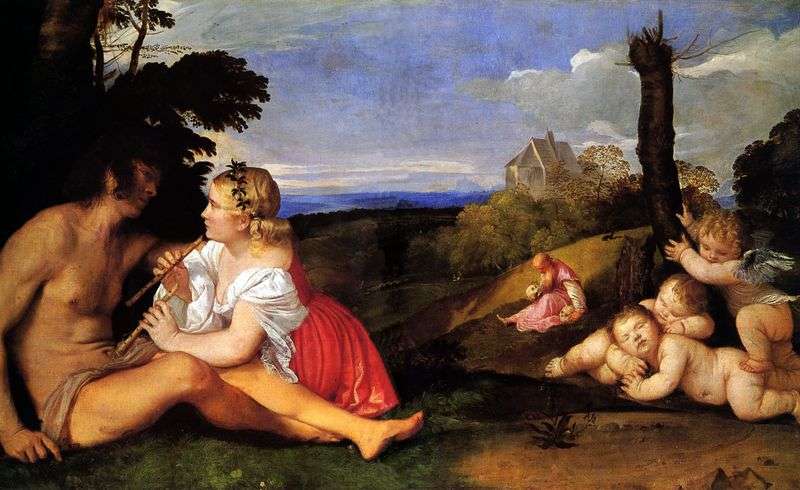
In the content of this work of Titian, the pastoral elements proper have fancifully combined with signs of allegory. It is characterized by the combination of pastoral imagery with philosophical